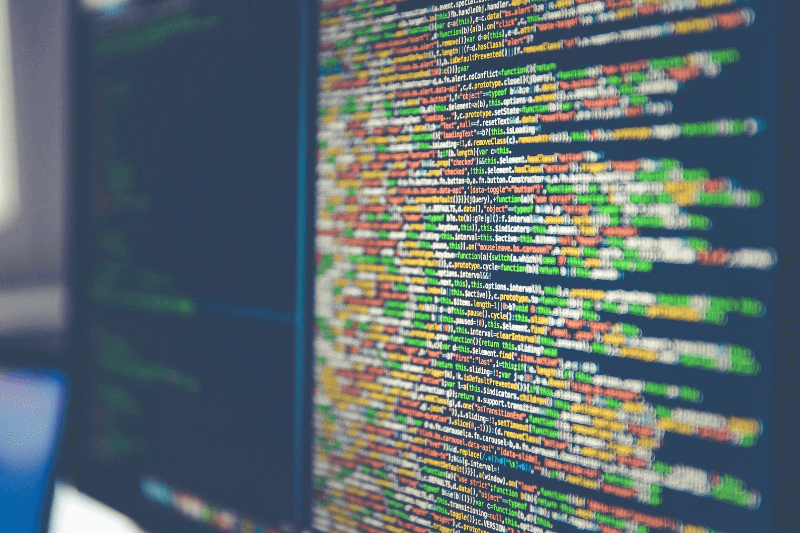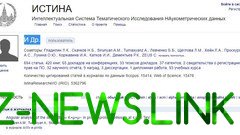Web Scraping is a popular method of getting content from almost nothing. Some specialists call this method “content parsing” or “site parsing”. The method includes using a specially trained algorithm, which goes to the main page of the web-site and begins to follow all internal links, carefully collecting the insides of the specified divs. Result – a ready-made CSV file with all the necessary information in a strict order.
Broadly understood, web scraping is a collection of data from various Internet resources. The general principle of its operation can be easilly explained: some automated code executes GET-requests to the target site and, receiving a response, parses an HTML document, searches for data and converts it into a needed format. Note that the payload category may include:
- catalogues;
- images;
- videofiles;
- text content;
- public contact information (email addresses, phone numbers, etc.).

Specialists use tons of solutions for scraping websites. Among them:
- individual services with API or a web interface (Embedly, DiffBot, etc.);
- open-source projects in different programming languages (Goose, Scrapy – Python; Goutte – PHP; Readability, Morph – Ruby);
Programmers always can reinvent the wheel and write their own solution. For example, using the Nokogiri library (for the Ruby programming language).
Remember: there is no perfect scraper. Why?
Sites with a perfect layout in terms of web design dogmas haven’t made yet. This is what makes each sourse unique and attractive for users.
Every web-developer (if he doesn’t work in a big IT company with its own rules and style guides) writes the code for himself or just as he can. The code is not always competent and high-quality. You can often find a huge number of errors in it, including grammatical. All this makes the “self-written” code absolutely unreadable for scrapers.
Lots of web resources use HTML5, where every element can be completely unique.
Some resources contain a variety of protection against data copying via scraping. For example, JavaScript to render content, validating the user-agent, etc.
Different layouts can be used on the site depending on the season or subject of the target material. Sometimes this applies even to the typical pages (seasonal promotions, premium articles, etc.).
A web page is often full of junk, such as ads, comments, additional navigation elements, etc. The source code may contain links to the same images of different sizes: for example, for content previewing. The site can also determine a server location and provide information in a language other than English. All the sites can have a different encoding.
The factors above make the web scraping process extremely difficult. As a result, the quality of the content can drop up to 20% and even up to 10%, which is absolutely unacceptable.
© 2020, paradox. All rights reserved.





